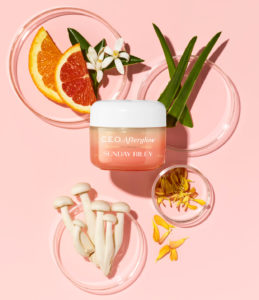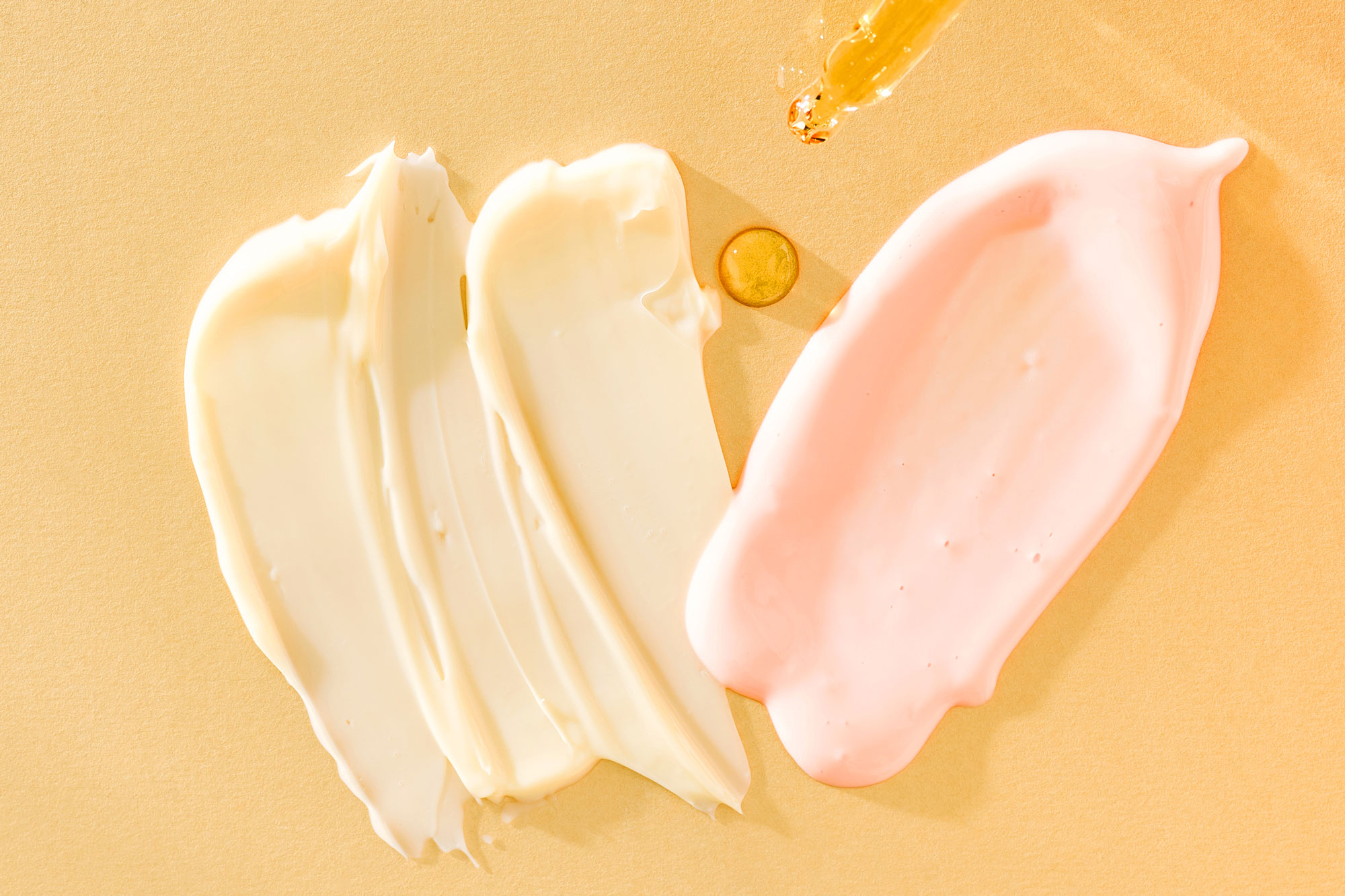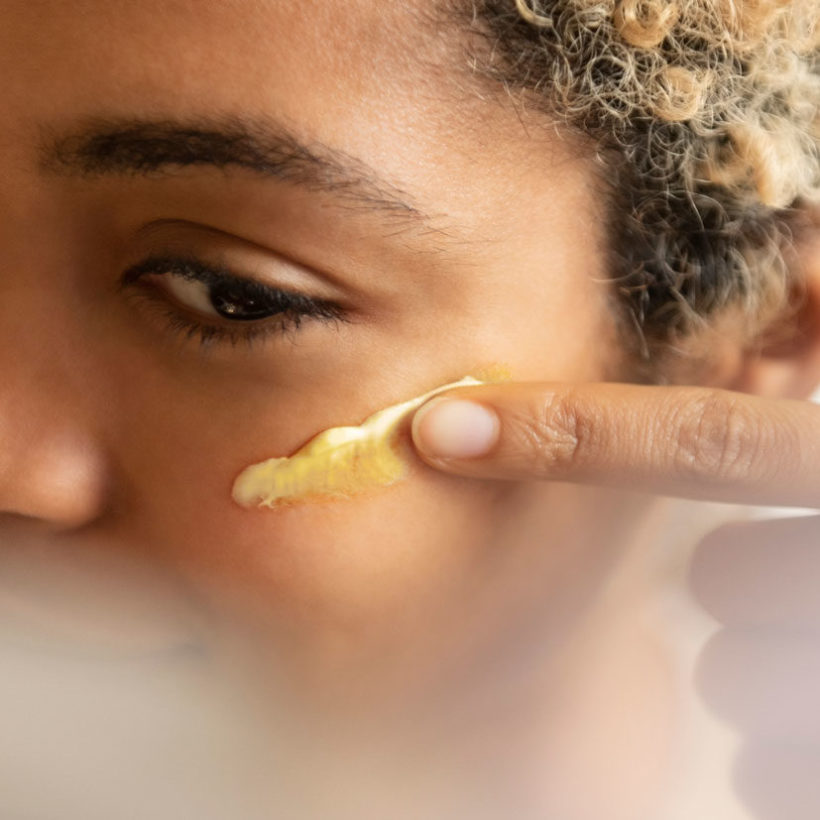I’ve never completely subscribed to the theory that you get what you pay for. After all, my all-time favorite jeans cost way less than $100. The mascara I just can’t quit is a drugstore staple. The most reliable car I’ve ever owned was the one with the lowest sticker price!
But then, there’s vitamin C. Specifically, skincare products that contain this potent antioxidant. Knowing the ingredients and the quality of ingredients you’re putting on your skin is important. Vitamin C is a skincare VIP. “This water-soluble vitamin is necessary for many aspects of skin health,” says New York City board-certified dermatologist Rachel Nazarian. It works with sun protection by neutralizing free-radical damage, a type of damage triggered by ultraviolet A rays and many other environmental stressors. In addition, it can help with pigment, uneven skin tone, and even collagen production. “It’s one of the most important vitamins when discussing skin health,” says Sunday Riley, CEO, founder and product formulator, “and can be used topically for various skin benefits because it is a wonderful antioxidant, aside from improving the appearance of wrinkles, pores, and fine lines, it can also improve pigmentation and sun damage… that’s why it’s so loved.”
Meet the Experts
Sunday Riley , CEO, founder and product formulator
Rachel Nazarian is a New York City board-certified dermatologist.
‘The stability of the ingredient and how the product is formulated is what is dependent on whether or not you’re going to get those great vitamin C results. We use THD Ascorbate in our C.E.O. line, which is the absolute gold standard of vitamin C – a highly potent, more stable, and less irritating form. L-ascorbic acid is the most researched form of vitamin C, but unfortunately, when you get it into a serum, it can oxidize and turn brown. Again, Vitamin C is essential for protecting your skin against pollution and other environmental aggressors, which can cause skin damage like hyperpigmentation, fine lines, and dullness. Ensure the ingredients you’re putting on your skin are high quality and at the highest standard,’ says Sunday.
Sunday Riley further breaks down a few of the most commonly used forms.
- L-ascorbic acid is very commonly used, but it’s easily neutralized and made inactive when exposed to light or air because it’s incredibly unstable… this is the one that turns brown and dark as it oxidizes.
- Tetrahexyldecyl ascorbate (THD ascorbate) is a great form to look for because it’s much more stable and is particularly recommended for sensitive skin, as it is less likely to irritate. ‘It’s clinically proven to brighten the appearance of skin and can reduce signs of premature aging,’ says Sunday.
- Sodium ascorbyl phosphate and ascorbyl methylsilanol pectinate are two other commonly seen forms. The hitch here is that these need to be converted to the most active form of vitamin C… so they’re not as potent.

I’d end up rationing my use of it, though – dabbing it on every other day, even though my skin can handle it daily and Nazarian and Riley recommend using it daily and continuing over the long term — and the one time I goofed and spilled it all over the counter?! TEARS, legit tears.
A few months ago, I ran out of my C serum, and then I decided to switch it up and started using the Sunday Riley C.E.O. 15% Brightening Serum every morning. The C.E.O. Serum uses tetrahexyldecyl ascorbate (THD Ascorbate), which is blissfully stable so that it will keep its potency. Huzzah! And since Nazarian recommends using a vitamin C that’s concentrated at least 10%, this definitely exceeds that. (There’s also a dash of glycolic acid in there to reduce the pH. Because vitamin C loves a more acidic environment, you could use it in the morning and the evening.)
C.E.O. 15% Vitamin C Brightening Serum is the #1 Brightening specialist in the US. ‘This one is hydrating vitamin C serum. 90% of people say their skin feels moisturized after using it. You’re going to get that instant brightening and smoothness. If you look at C.E.O. serum, it’s actually snow white. You don’t see any of that brown discoloration that is the result of oxidation. Once you apply THD ascorbate to the skin, it has an enzymatic reaction with the skin and turns into acid. So, it goes into the skin a little bit deeper and easier. In order to balance C.E.O. 15% vitamin C serum, we also use Phytosterols Complex to soothe the appearance of skin sensitivity and calm the overall look of the skin. Isolated from soybeans and containing at least 40% β-sitosterol, these concentrated phytosterols help reduce the look of redness due to skin sensitivity,’ explains Sunday. ‘It’s just universally adaptive. I apply it to my fingertips, massage them together to warm them up, and apply it all the way around my face, into my neck, and into my upper chest every single day. It has a very high dose of vitamin C that’s incredibly stable and really great for the overall look and appearance of your skin.’
After a month of daily use of the C.E.O. Serum plus the C.E.O. Afterglow Brightening Vitamin C Gel Cream (both before sunscreen), I’ve been blown away by how well they’ve worked. ‘If you have oily skin, you’ll really like this texture. If you live in a humid climate, you’ll like it, too. This cream is really for all skin types. You’ll get that instant glow in the skin, and even after 24 hours, you’ll see that the skin is being hydrated. We’ll continue to see those hydration levels and that transformation in the tone as well,’ says Sunday. ‘I would say our moisturizers do more than just moisturize. They are treatments that help you to get rid of dullness, even out that skin tone, while infusing skin with antioxidants.’
Now, my skin has that smooth, brightened glow I hope for, and even some of my most stubborn dark spots seem lighter. Not to mention that the serum’s airtight packaging means I haven’t been terrified of spills.
We only recommend products we have independently researched, tested, and loved. If you purchase a product found through our links, Sunday Edit may earn an affiliate commission.











